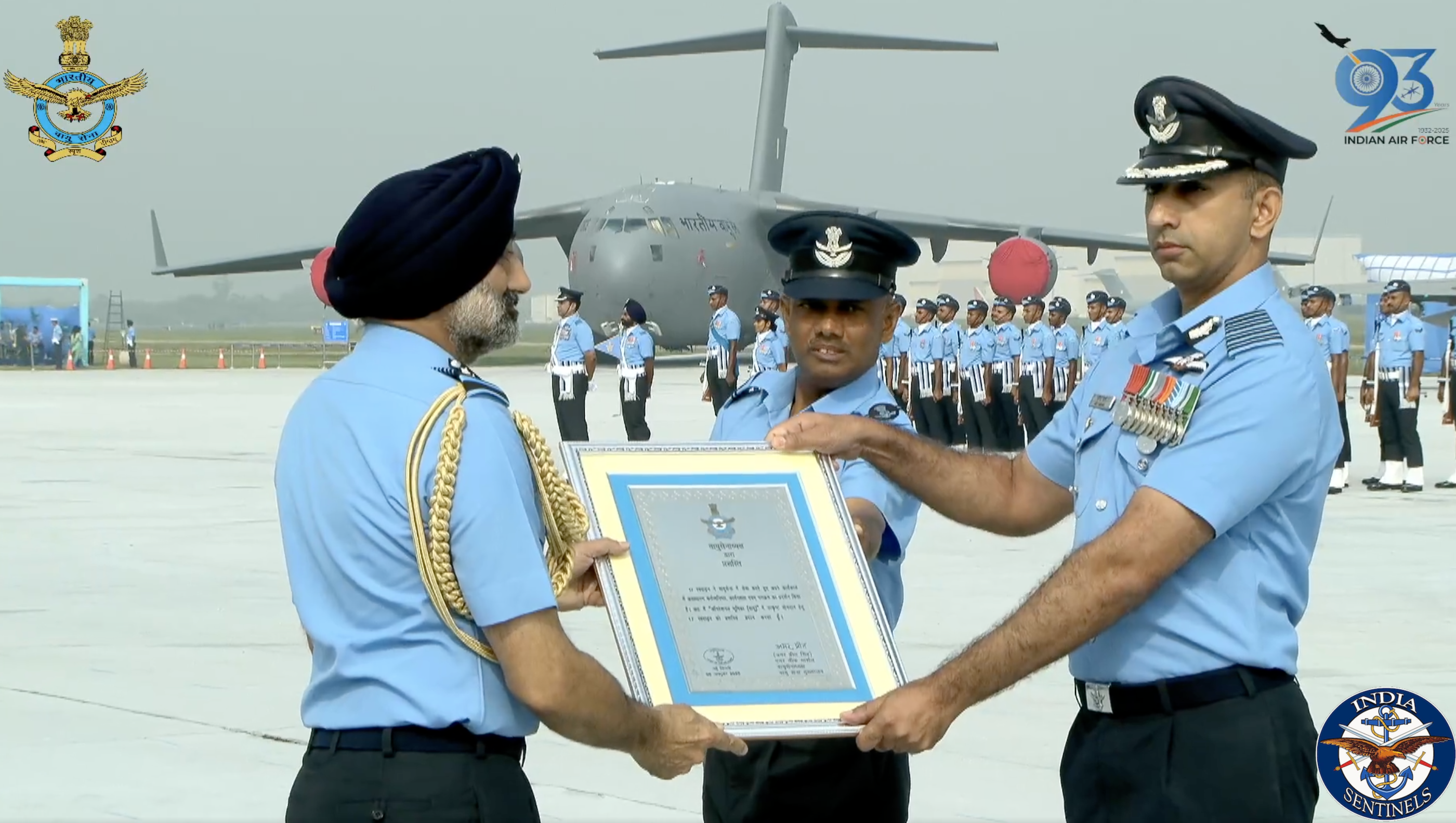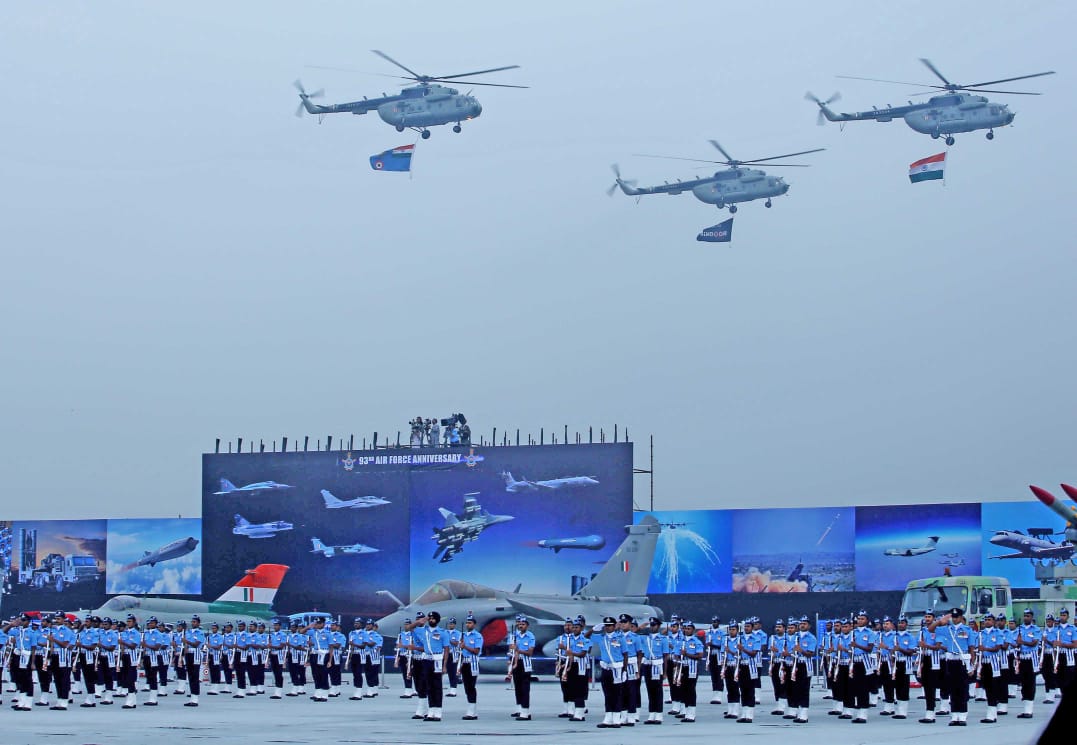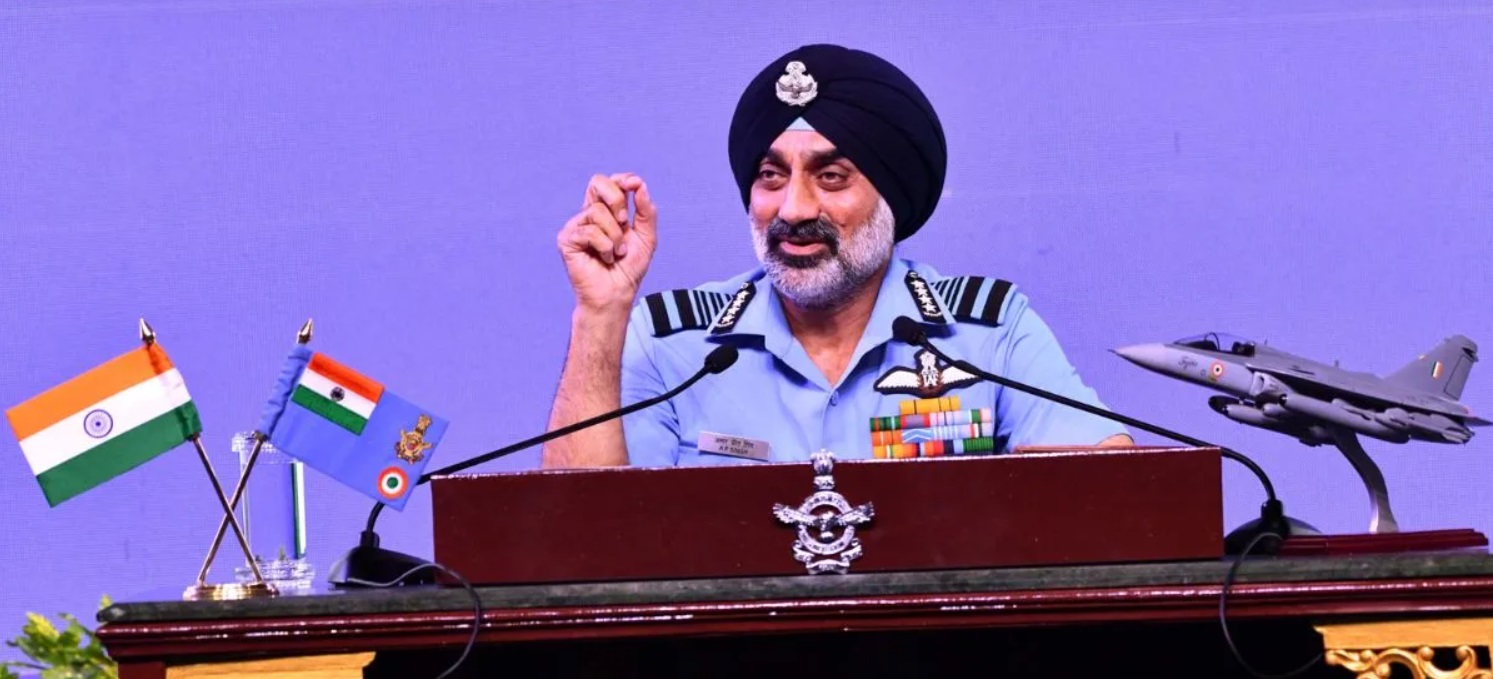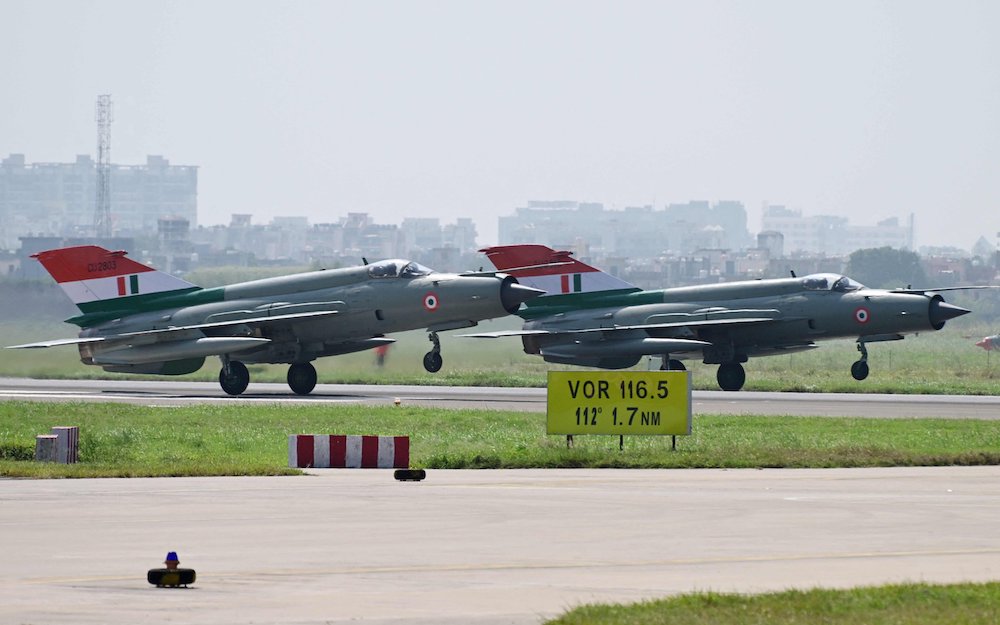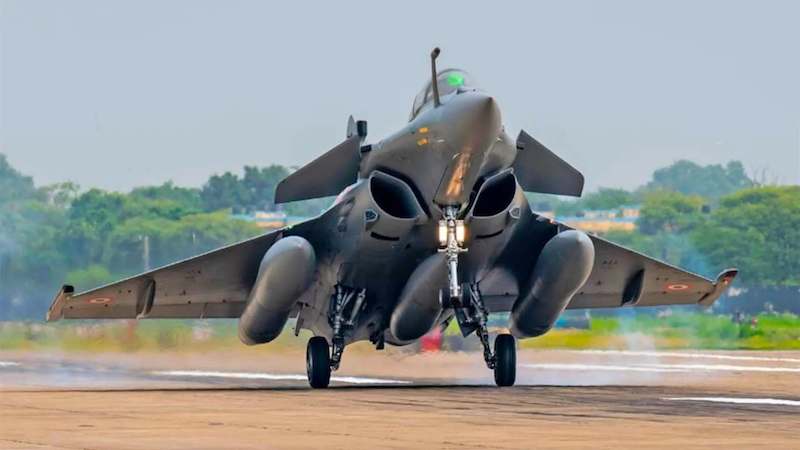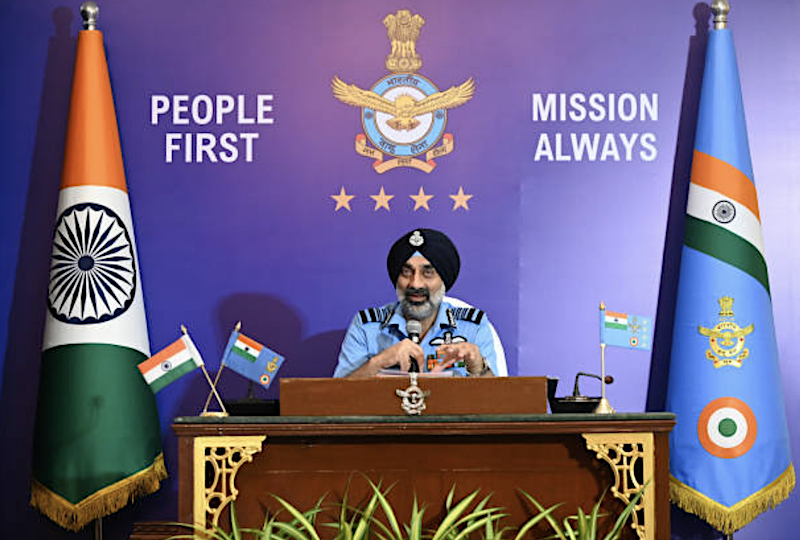 Air Chief Marshal AP Singh.
Air Chief Marshal AP Singh.
New Delhi: The Indian Air Force chief, Air Chief Marshal Amar Preet Singh, voiced his concerns about India’s waning technological edge in aerospace capabilities compared to China. ACM Singh emphasized the vital importance of air power in modern warfare and urged for immediate action to enhance India’s defence technologies and production capacities.
The air chief candidly admitted, “We were better than them in technology some time back. But we have lagged on that, and we need to catch up.” He further highlighted the substantial disparity in production capacity between India and China, presenting a significant challenge for the IAF’s operational readiness.
During the interaction, ACM Singh acknowledged the IAF’s ongoing efforts to adapt to the evolving nature of global conflicts. Despite facing obstacles such as global supply chain disruptions affecting aircraft maintenance, he affirmed that the IAF remains vigilant and prepared for action.
A critical area of concern highlighted by ACM Singh was the procurement of new multirole fighter jets. He stressed the urgency of this requirement, noting that the IAF has been awaiting a decision on the procurement process for over six years. The air chief emphasized that these new warplanes are needed “as of yesterday” to ensure the IAF can meet its operational demands.
Amid these challenges, ACM Singh underscored the importance of indigenous production for future security. While acknowledging that orders for home-grown aircraft, like the light combat aircraft (LCA) Tejas Mk-1, have been placed, he stressed that timely delivery and adherence to development timelines are crucial. It may be noted that in July, as the vice-chief of the IAF, he had said India’s push for “atmanirbharta” (self-reliance) in the defence sector must not compromise national security.
Looking towards the future, ACM Singh outlined an ambitious vision for the IAF to achieve a fully indigenous inventory by 2047, coinciding with India’s centenary of Independence. He said, “By 2047, we aim for the Indian Air Force to have an inventory entirely developed and produced within India.”
To realize this vision, the air chief called for increased investment in domestic defence manufacturing. He emphasized the critical role of Hindustan Aeronautics Limited (HAL) in ensuring timely aircraft production and stressed the need for private sector participation to expand indigenous production capabilities.
The IAF chief acknowledged the delays in the production of the Tejas aircraft but expressed optimism that these could be mitigated with increased production rates. He said, “It is a known fact that Tejas (LCA Mk-1A) has been delayed. There is also a promise by HAL that the production rate will be increased to 24 aircraft per year. If that promise is kept, I think the delay can be caught up with.”
This comes a couple of months after reports saying that the IAF was grappling with significant delays in the delivery of Tejas from the state-run HAL, raising concerns over its combat readiness and operational capabilities. Following the reports, a HAL official said the company will deliver all the 83 LCA Tejas Mk-1A to the IAF ahead of the 2028-29 deadline, as promised in the contract.
ACM Singh also highlighted the importance of realistic training. He said, “The way you train is the way you fight.” This philosophy underpins the IAF’s integrated training programmes that simulate war conditions.
The IAF chief noted the significance of international collaborations and military exercises, pointing to the IAF’s participation in numerous drills with foreign forces to enhance knowledge exchange and operational readiness. Looking to the future, the air chief also hinted at a potential evolution of the IAF into an “Air and Space Force” as it integrates more space-based capabilities.





